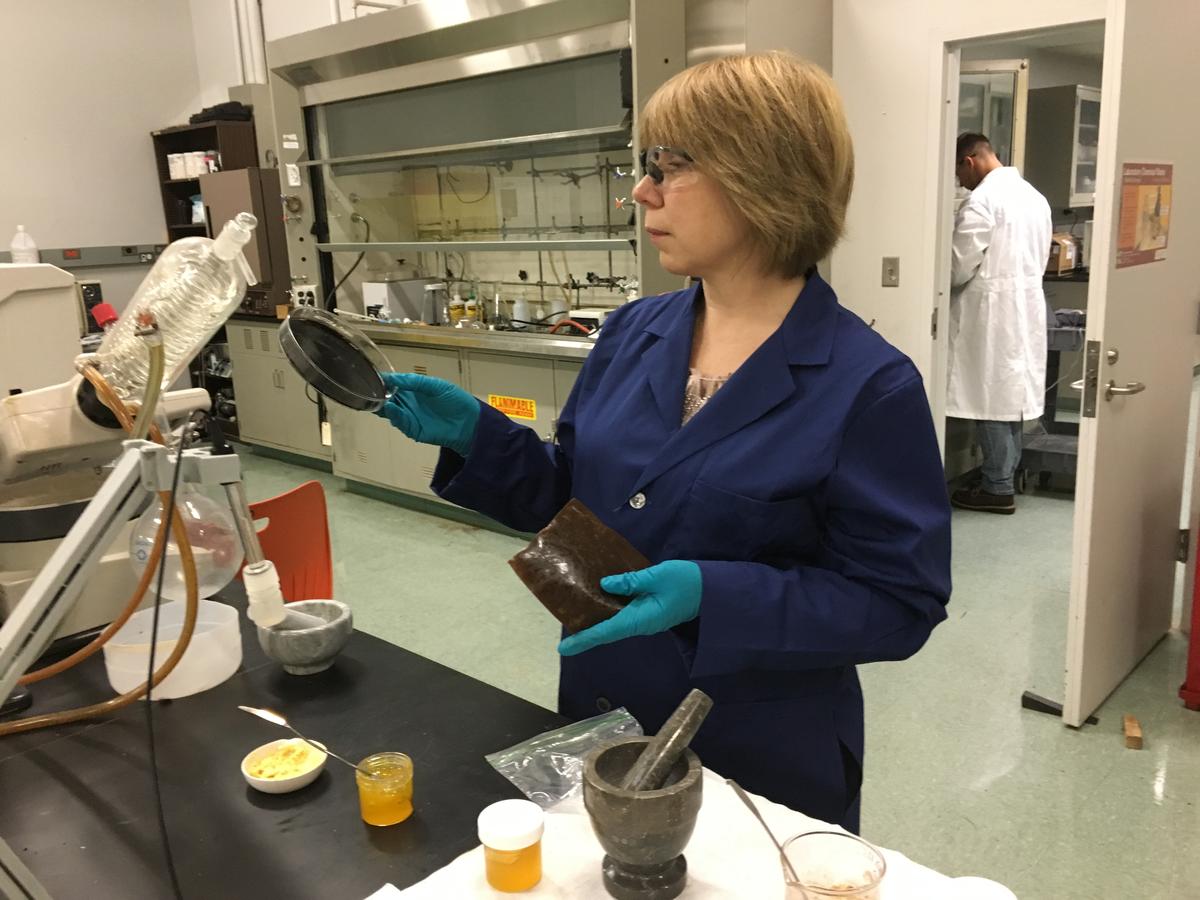There was a time some decades ago when an electricity grid powered by solar and wind seemed like a futuristic dream. And an expensive one. But like any new technology as they fill the market, the technology improves and the prices drop (think computers, batteries). Today, modern wind and solar generators can begin to meet our national power needs. Even exceed it, in a cost effective way.
The technology development trajectory is now a well-worn road. When something is new, it’s often seen as too expensive, too different, and too risky. And then it gets better.
NRRI expects the same with innovative bio-based materials and energy products. At NRRI, research and innovation are key to reducing risk and expanding opportunities. To help Minnesota transition to the future bioeconomy, NRRI has asked state legislators for a $600,000 investment for two identified areas of research.
“We do this research to keep our 21st century conveniences, while recognizing there are negative impacts to how we’ve been getting our energy and materials,” said Eric Singsaas, NRRI Initiative Director for Wood Products and Bioeconomy.
NRRI rolled out a successful solid biofuel program last year that can convert forest residuals into a renewable fuel to displace coal in our existing power plants without need for expensive retrofitting or modification. But this is just the first step.
“We’ve already attracted the attention of global energy partners,” said NRRI Executive Director Rolf Weberg. “NRRI completed a commercially relevant scale demonstration of solid biofuel from pretreated biomass. We’re poised to define emerging opportunities.”
One of those opportunities is in converting biomass into high value carbon-based products, like graphene, an extremely strong and lightweight material. Other processes can transform biomass into a range of renewable fuels like syngas and jet fuel.
A second area of research is converting waste biomass into clean methane using bio-digestion processes. NRRI is already engaged in several collaborative efforts, nationally and internationally, to develop ways to power fleet vehicles and generate electricity with cleaner fuels.
Some may recall that Minnesota tried to develop a biogas industry 30-some years ago. What happened to that effort?
“At one time, Minnesota had seven biogas digesters and all of them shut down,” said Singsaas. “They were 30 – 40 year old technologies that can’t be compared to what’s available today. New technologies are computerized, low sulfur, low maintenance and highly efficient.
“We think we have technologies at NRRI that will take us to that next generation of products that are better for the environment,” he added.
